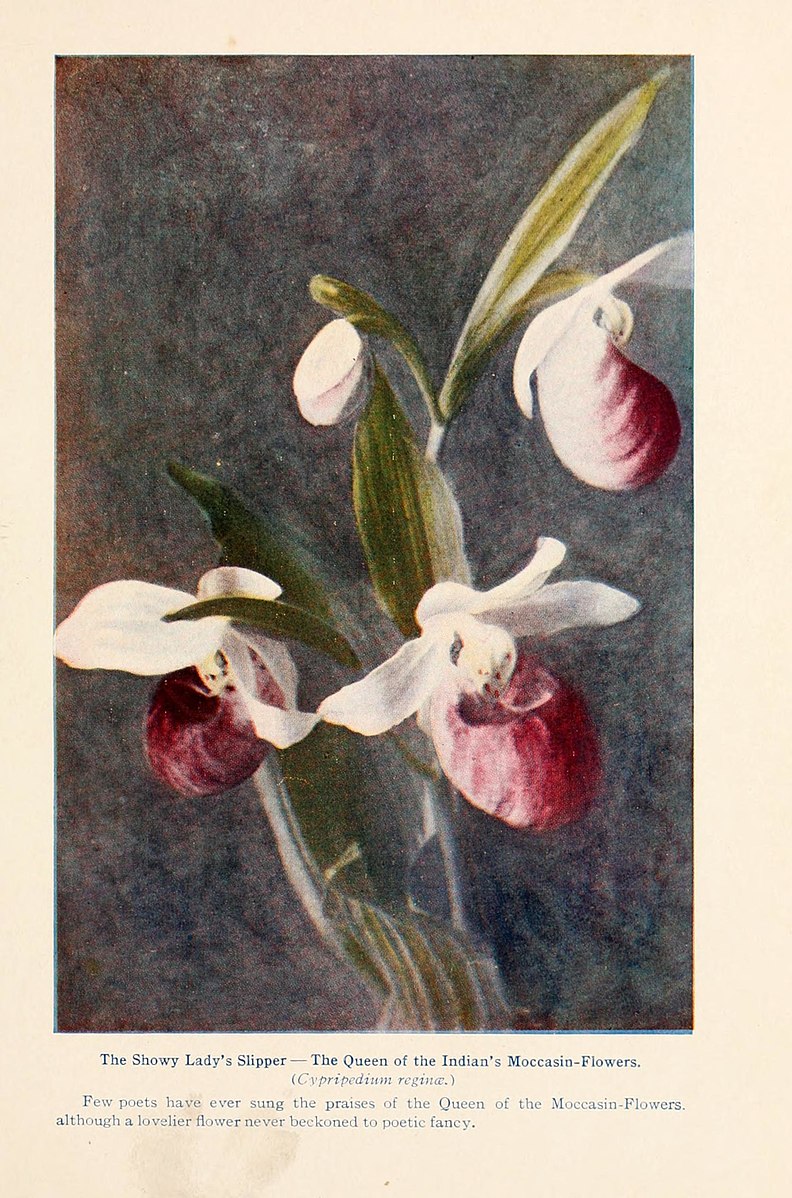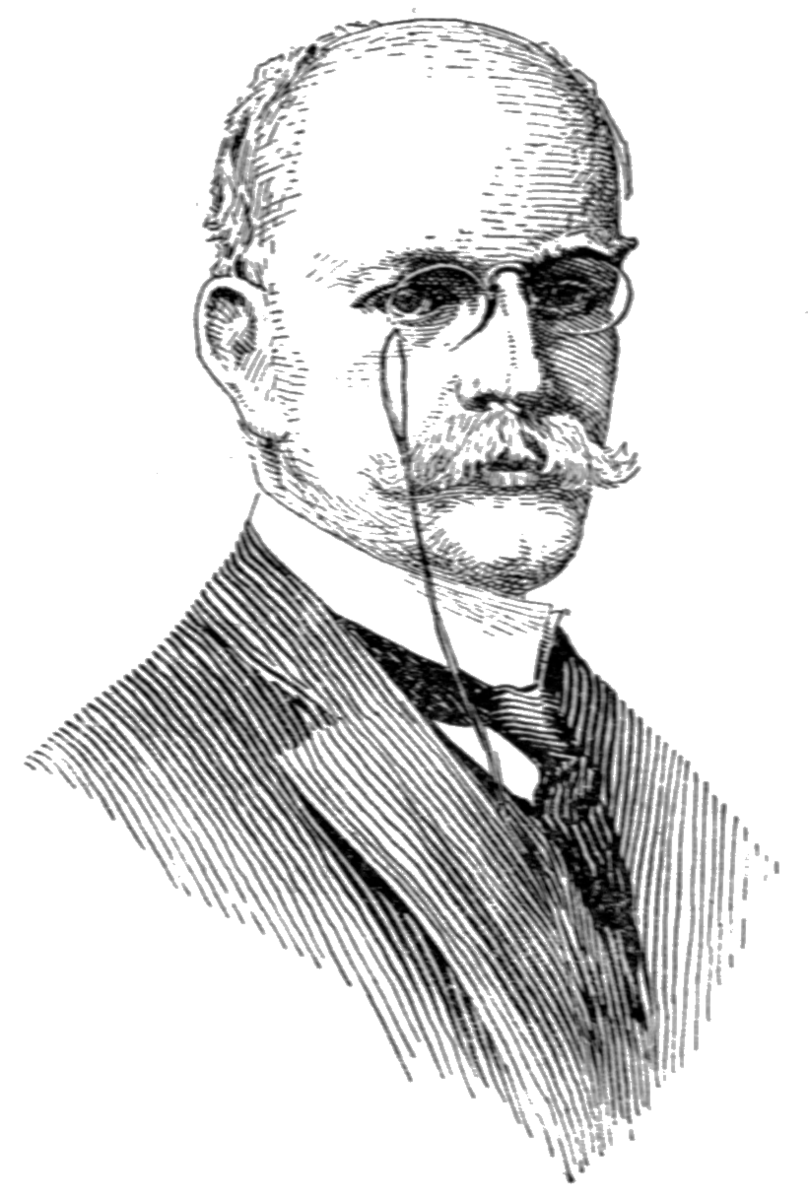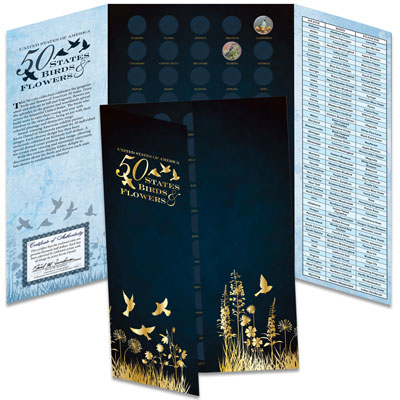What’s next for coin collectors?
 Image courtesy of WestLivesOn.com
Image courtesy of WestLivesOn.comReady to complete her statehood and national park quarters collections, Charlotte – and many another avid collectors – recently wrote Littleton Coin: “What is in store for us?”
Well, Charlotte, how would you like an exciting new series on State Birds & Flowers?
“… I wanted to focus on the realism of wildlife art, bringing to life the subtleties of the outdoors from a natural but unique position,”
This spring, Littleton Coin unwrapped beautifully colorized Kennedy half dollars exclusively based on the art of award-winning American wildlife painter Kevin Daniel of Minnesota.
“… I wanted to focus on the realism of wildlife art, bringing to life the subtleties of the outdoors from a natural but unique position,” is how Kevin Daniel expressed the blend of his artistic eye and his love of nature.
But even as Littleton Coin brings you this new series, did you know the seeds for celebrating each state’s unique floral identity were sown at the ground-breaking World’s Columbian Exposition in Chicago?
Garnering a Garland
 Minnesota’s Showy Lady’s Slipper
Minnesota’s Showy Lady’s SlipperThat’s right. The 1893 World’s Fair that saw the debut of America’s first commemorative half dollar – honoring Christopher Columbus – and the first souvenir quarter profiling a woman – Queen Isabella of Spain – also created a National Garland of Flowers. Organizers invited states to send a representational flower for the massive wreath. In fact, artist Kevin Daniel’s home state of Minnesota was among the first to respond, choosing a Showy Lady’s Slipper.
There were only 44 states in the union at the time. And not all elected officials could agree on which flower best illustrated their emerging civic and regional pride. No matter. Over time, and sometimes with the help of contests for school children, all 50 states came to have a gorgeous example of Mother Nature’s floral handiwork.
How Birds Got Added
 James Lane Allen
James Lane AllenSteaming head first into the 20th century, the go-go years of the Roaring Twenties saw enthusiastic support for each state identifying a bird as representative of their growing public identity. A big civic push nationwide came from the General Federation of Women’s Clubs, which had a committee devoted to conservation.
In some states, such as Vermont, the Women’s Clubs and the Audubon Society chapter joined forces to engage the public in picking a native bird. In Kentucky, though, author and short-story writer James Lane Allen usually gets credit with influencing the Bluegrass State’s choice with his 1894 novel A Kentucky Cardinal.
First 10 colorized Kennedy Half Dollars
Mother Nature chose gorgeous colors to dress the flowers and birds found across America. To delight your eyes, here are the first 10 colorized Kennedy Half Dollars planned for this year:
- California coin: Features the Valley Quail, a sociable and lively game bird known for taking dust baths, and the Golden Poppy, an orange-yellow wildflower associated with the Gold Rush.
- New York coin: Depicts the Eastern Bluebird, whose colorful plumage and sweet song is a favorite of bird watchers, and the fragrant Tea Rose, a symbol of love and beauty.
- Florida coin: Shows the Mockingbird, which produces a lilting song while also proving its important role in the ecosystem by eating insects and weed seeds, and the Orange Blossom, whose white flowers perfume the air from January through March.
- Pennsylvania coin: Spotlights the Ruffed Grouse, or partridge, known for its “drumming” display to attract a mate, and the Mountain Laurel, identified by its star-shaped white and pink flowers.
- Illinois coin: Features the Northern Cardinal, known for its rosy plumage and loud, clear whistling song, and the Common Blue Violet, a delicate, short-stemmed perennial also called a dooryard violet.
- Texas coin: Depicts a Northern Mockingbird that the Texas Legislature declared in 1927 is “a fighter for the protection of his home…like any true Texan” and the Bluebonnet, whose petals resemble the hats worn by pioneer women to shield themselves from the sun.
- Ohio coin: Shows the cheerful Cardinal with its prominent red coloring, who prefers living in a mixed habitat of woodlands and open plains, plus the Scarlet Carnation, chosen to honor the assassinated President William McKinley, who was from the Buckeye State.
- Georgia coin: Features the Brown Thrasher, a rather large bird over a foot in length with brown-red feathers, a long, curved bill, and the ability to alternate between loud, crackling call notes and rich melodious doubled phrases, plus the hardy Cherokee Rose, its edible petals and hips used in medicines since ancient times.
- North Carolina coin: Depicts the Cardinal, which edged out the Chickadee to become the state bird in 1933, and the Flowering Dogwood, which has four white, sometimes pink, indented petals surrounding tiny white flowers in its center.
- Michigan coin: Shows the Robin, “the best-known and best-loved of all the birds in the state,” and the Apple Blossom of the crabapple tree, often planted in orchards to attract pollinating bees.
A special domed cover protects each image, allowing for crystal clear viewing and maximum enjoyment. Littleton Coin’s exclusive State Birds & Flowers series has a handsome display folder, also created by Littleton, with a gate-fold design chosen for its book-like appearance. It measures 18″ x 24″ and features grommets at the upper left and right corners to allow the dramatic collection to be wall-mounted.
We’re pretty excited about working with Minnesota artist Kevin Daniel on this new 50-state series, and hope you are, too!


 State Birds & Flowers series display folder
State Birds & Flowers series display folder

Do you sell gold eagles?
HI, we do sell Gold Eagles. Here’s a link to the gold coins we currently have available on our site. Have a good day! https://www.littletoncoin.com/shop/gold-type-coins#facet:&productBeginIndex:0&orderBy:&pageView:grid&minPrice:&maxPrice:&pageSize:&